Badgerys Creek airport development to relocate graves at cemeteries
UNMARKED graves will be identified as part of preparations to exhume dozens of bodies from three cemeteries to make way for Sydney’s second airport after locals reported seeing bones on the surface.
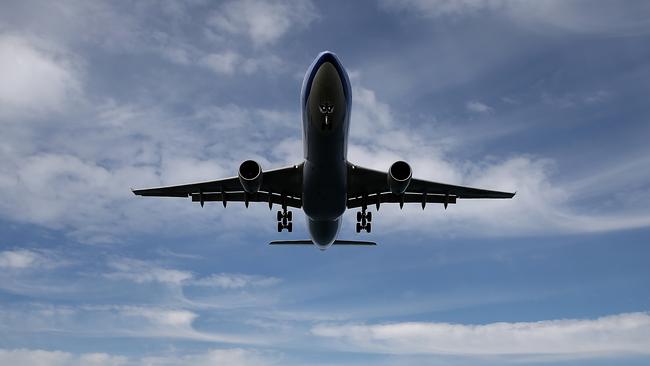
Liverpool
Don't miss out on the headlines from Liverpool. Followed categories will be added to My News.
- Badgerys Creek airport rail link
- One flight per minute at Badgerys by 2063?
- Medium worried spirits will stay to haunt flyers
A BUFFER zone around consecrated ground will be set up to identify unmarked graves at cemeteries before bodies in marked graves are exhumed and moved to make way for the Western Sydney Airport at Badgerys Creek. The move comes after locals reported seeing bones on the surface.
The possibility of unmarked graves in and around three cemeteries was raised during civil works near one cemetery recently after locals told surveyors they saw bones on the surface.
A buffer zone will be dug up around consecrated ground to identify unmarked graves.
Cemeteries affected by the airport include St John’s Anglican Church, Badgerys Creek Uniting Church, Anschau Vineyard graves and St Francis Xavier Church.
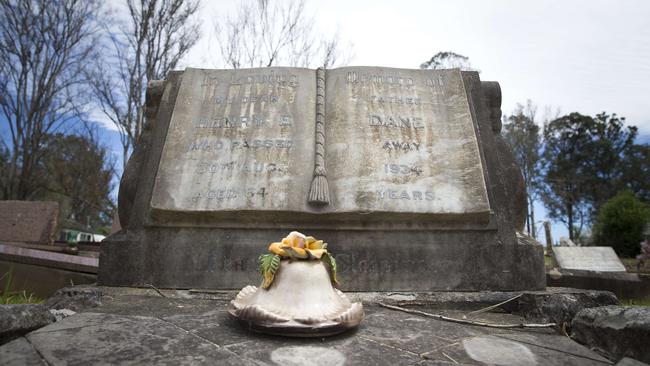
Most have been closed to new burials since the 1990s, when the Federal Government acquired the land.
There are two marked graves at Badgerys Creek Uniting Church, with reports of the first burial dating back to 1912.
There are three rows of graves with at least 37 graves at St John’s Anglican Church.
They contain the remains of a World War I veteran and several Badgerys Creek pioneer families, such as the Nobbs, the Coxs and the Shadlows.
Thousands of submissions have been received via email, post and by hand responding to the airport’s Environmental Impact Statement.
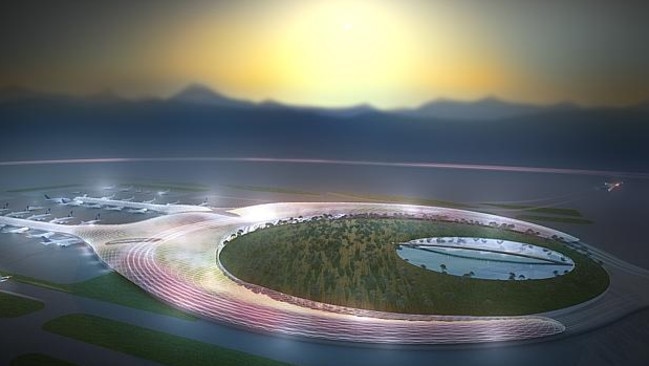
A total of 4957 submissions were received across 48 main issues — 37 addressing European heritage, which includes the relocation of buried bodies.
The top five issues in the submissions were the Greater Blue Mountains World Heritage Area, flight paths, emergency fuel jettison, general health impacts and the overflight noise, and 80 per cent of the submissions came from the Blue Mountains local government area.
Elizabeth Shadlow’s late husband’s relative is buried at Badgerys Creek.
“Relocating the graves is unfortunately part of progress and it’s really sad,” she said.
“Our history is slowly being eroded. It is often overlooked and undervalued.
“We need to look after history better than we do.”
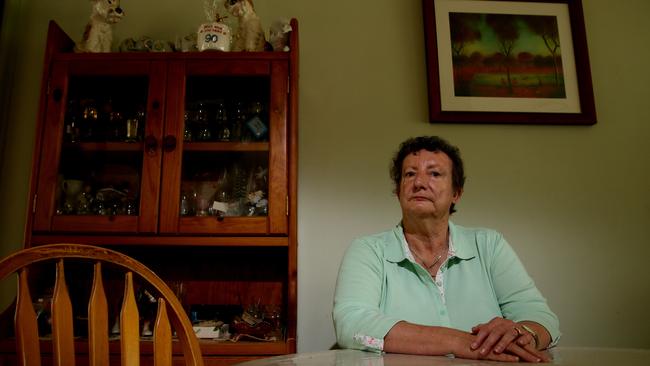
Thomas Shadlow, a farmer, died of natural causes in his late 80s and is buried in one of the Pitt St cemeteries.
A botanist or a garden historian will be commissioned to investigate cultural plantings at the St Francis Xavier Church site to identify and collect heirloom samples for propagation.
The opportunity of planting heirloom varieties at the airport will be explored.
Liverpool Council was among those to send in a submission regarding the relocation of remains.
It suggested the graves, together with their headstones and grave furniture, be relocated to a separate area of an existing cemetery.
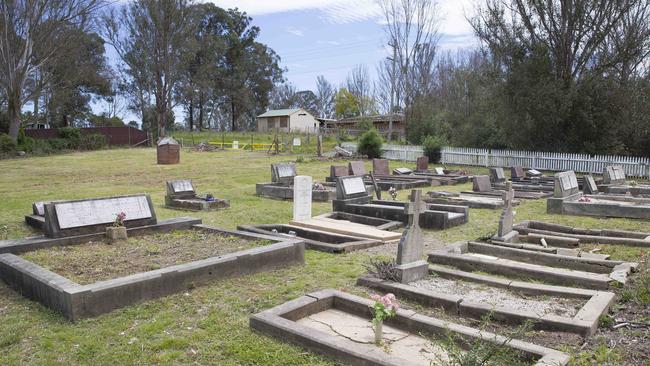
The council’s submission also recommended a detailed photographic inventory of all grave sites to be made prior to any relocation.
The response in the report said the council’s views would be considered when a cemeteries relocation management plan was prepared and implemented.
The plan includes identification of living relatives, executers, church groups and other relevant contacts, including the Department of Veterans’ Affairs. They will be consulted on the exhumation process and reburial.
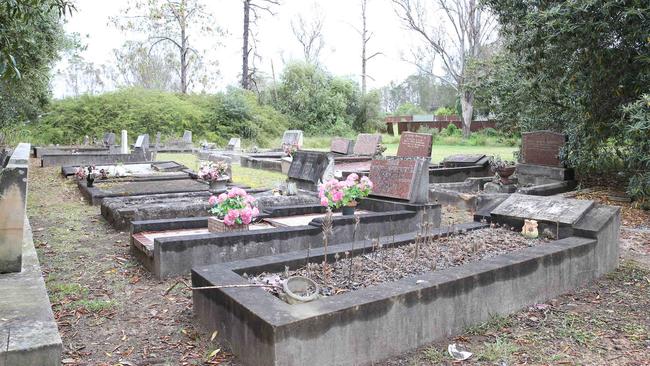
Records will be kept on the number of grave cuts at each site, including a buffer of at least 10m beyond the consecrated ground, plus the creation of a funeral register.
This will provide details of the deceased and their executers or living relatives.
If you believe you have a loved one buried in the Badgerys Creek area affected by the airport development, contact the Department of Infrastructure and Regional Development on 1800 038 160.
There are more than 2000 cemeteries in NSW.
WHAT IF UNKNOWN HUMAN REMAINS ARE FOUND?
If human remains are discovered when the Western Sydney Airport is being developed, there are strict guidelines that must be followed.
All construction stops in that location and the site supervisor must notify police.
An anthropologist will inspect the remains, determining its ancestry and antiquity — prehistoric, historic or forensic.
There are a range of approaches, depending on which category the remains fall under.
If it is forensic, the area will be deemed a crime scene.
If it is European, the site is secured and the archaeologist contacted. There are separate rules in place if the remains are indigenous.
Site management is also determined by liaising with the Coroner’s Office, government agencies and the archaeologist.
If the remains are not human, work can commence once all relevant clearances are given.


